No-one likes a goody two shoes. It's the rebels, the renegades, that colleague that crows "I don't care what anyone thinks!" that secretly (or not so secretly) thrill us. We wish we could be a little more like them. Causing chaos for something we believe in. Challenging norms, whatever the consequences. Crashing through life on our own agenda. We’d love to be more Rosa Parks and more Martin Luther King.
And women, perhaps, crave rebellion a little more fervently. Even now, there are fewer places they’re expected (or allowed) to bend the rules, rock the boat or lead a full on revolution.
Well, a few weeks ago, we hosted an event celebrating three women who did plenty of all of those. Three brave, talented, rule-breaking women from India and Britain’s shared history: Rani Lakshmi Bai, Sophia Duleep Singh, and Homai Vyarawalla. All fiercely determined to do whatever they pleased, and all with stories not widely known in the UK. Theirs, like the stories of many other women, had fallen between the pages of a history written by men. This event was all about turning that book upside down and giving it a good old shake.
Joining us in our book jangling were three more remarkable women — teacher and historian Shalina Patel (who was also our host for the evening), author and journalist Anita Anand, and photographer and documentary filmmaker, Monika Baker.
Shalina shared the story of Rani Lakshmi Bai, a 19th Century warrior queen who is a towering hero in India. Everyone in India knows the iconic image of Rani Lakshmi in battle astride her muscled white horse, reins in her mouth, rearing over cowering East India Company soldiers, with her sword aloft and her son strapped to her back. But many British South Asians have never heard of her; the widow who was never expected to take power when her husband died, but who rebelled fiercely when the Company tried to annex her state.
She went on to command troops from the front line during the rebellion of 1857, leading charge after charge at the British with blood-curdling battle cries, and impressing leaders from both sides with her military strategies. She died in the field, covered in glory, but her story has lived on — immortalised in books, films and plays, and taught in school classrooms across India.

Anita then regaled us with tales of Sophia Duleep Singh, the granddaughter of the great Ranjit Singh (the “Lion of Punjab”). A British-born princess, she grew up as Queen Victoria’s goddaughter, eventually becoming a famous socialite — “The Kim Kardashian of her day”, to paraphrase Anita. She wafted around parties smoking imported Egyptian cigarettes, and became a poster girl for a growing, controversial women’s cycling movement. She turned her house at Hampton Court (bestowed on her by the queen) into a menagerie, much to the disgruntlement of her neighbours, who had to put up with noisy parakeets and a pack of dogs that Sophia would walk through Hampton Court Maze. She even won the precursor to Crufts.
But then a trip to British-ruled India opened her eyes. She saw the racism, the suffering, the dissolving of everything her Grandfather had fought so fiercely to protect. There awoke in her a fury that she transmuted into action on her return to England, becoming the Suffragettes’ most powerful publicity weapon.She once chased down a violent policeman during the infamous Black Friday Suffragette protest, and subsequently pushed so hard for him to be charged that Winston Churchill himself had to get involved.
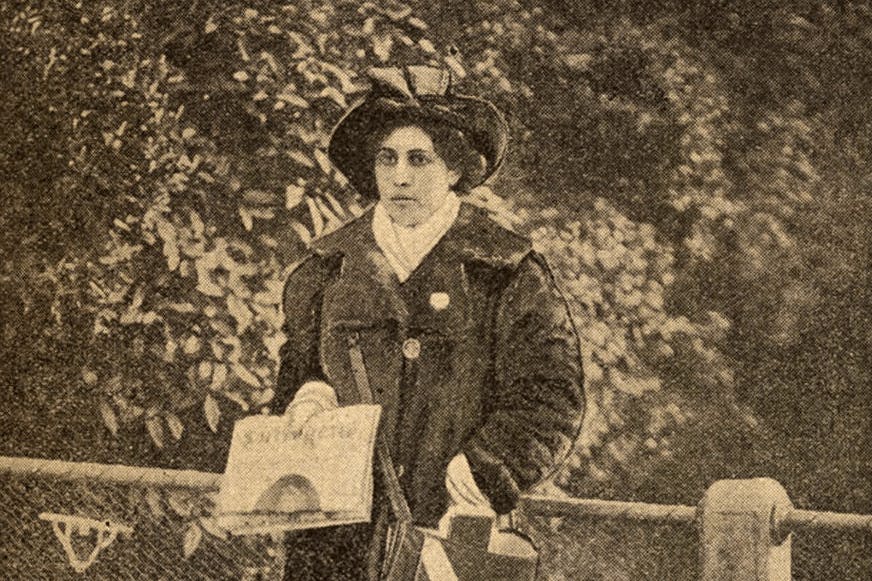
Our third trailblazer, Homai Vyarawalla, only died in 1912. People who knew her and talked to her are still alive. And one of them was at our event — a living, breathing link to a historical hero.
Monika Baker spent months staying with Homai, India’s first female photojournalist, while making a documentary about her called Dalda 13 (Homai’s pseudonym when publishing photos). A tiny firecracker of a woman, Homai defied social norms by not only working after marriage but taking some of the most famous shots of Indian independence in existence. Monika shared how Homai scolded foreign correspondents who blocked her shots and annoyed Gandhi with her incessant flashbulb.
When asked to choose her favourite photograph of Homai’s, Monika became emotional. She told us about a series of photographs capturing the moment when the body of Lal Bahadur Shastri, India’s second prime minister arrived back in India. While the other photographers focused on the body, Homai turned her camera on Shastri’s wife, who fell on her late husband, bereft, and started breaking her bangles. It was a sombre and powerful moment that affected everyone in the room.
But we also shared laughs (who knew the middle of bicycle seats used to be removed lest they prove too exciting for women?). And we shared our own thoughts and feelings. One young British South-Asian woman stood up and explained that, growing up, there was nobody that looked like her in her history lessons, or in the films and television programmes she watched. She thanked us for giving her new role models, and for hosting an event that finally made her feel seen.
That made us feel immensely proud. We wanted to highlight these women because they deserve all of the recognition and renown we can give them. But we also hoped that sharing their stories might help South Asians connect more deeply with their heritage. And even help everyone, South Asian or not, find a renewed (or perhaps even new) curiosity in Britain and India’s shared history.
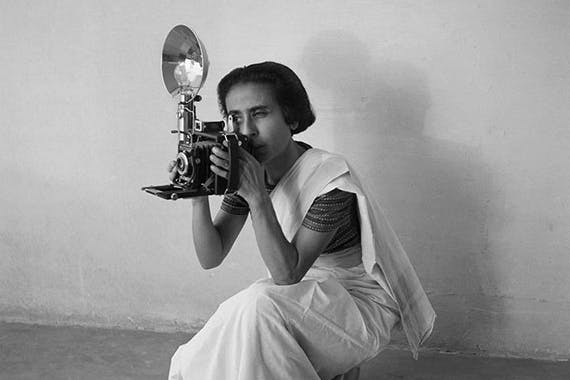
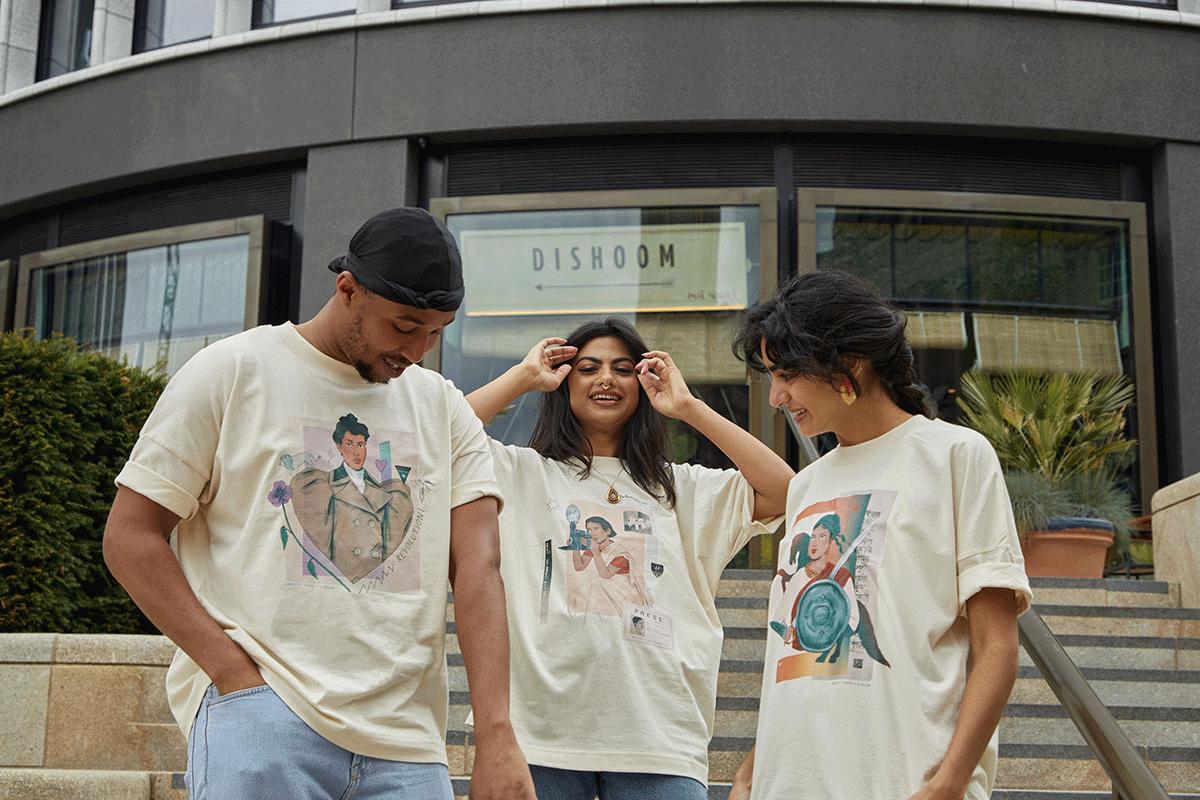
We’re overjoyed to announce that our collaboration with Manjit Thapp is now available. Three most special T-shirts bearing a beautiful illustration of these trailblazing, rule-breaking woman from Indian history. Choose from T-shirts proudly displaying warrior queen, Rani Lakshmi Bai, princess turned revolutionary, Sophia Duleep Singh, and India’s first female photojournalist, Homai Vyarawalla.
This limited edition Trailblazers collection is available by way of the Dishoom Store.
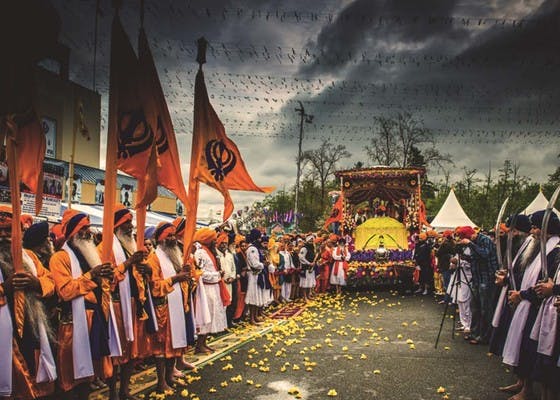
Vaisakhi, a day marked across India by people of many faiths, is celebrated in the Punjab as the start of the new Harvest. It falls on the 13th or 14th April depending on the calendar for that year.
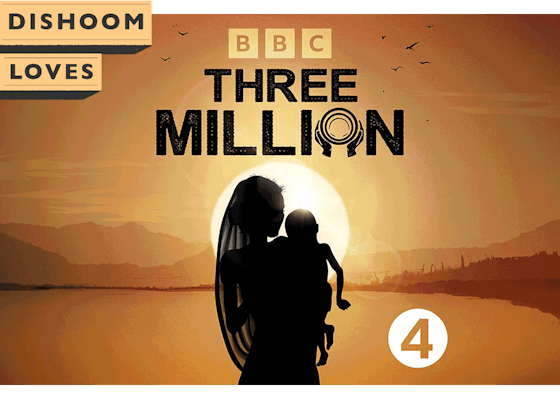
Spring has gently tiptoed in. As the days lengthen and the sun grows bolder, here’s a glimpse of what we eagerly await in April.
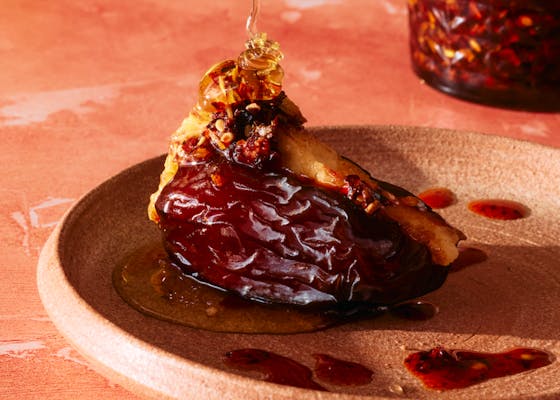
We’re turning page after page of Ayesha Erkin’s recipe book Date of the Day, featuring 30+ recipes for the modest date – timely for breaking fast and after. Our dear friend Ayesha has now kindly shared a recipe for you to make at home. Try it this Iftar or any time you need a salty-spiced sticky treat.
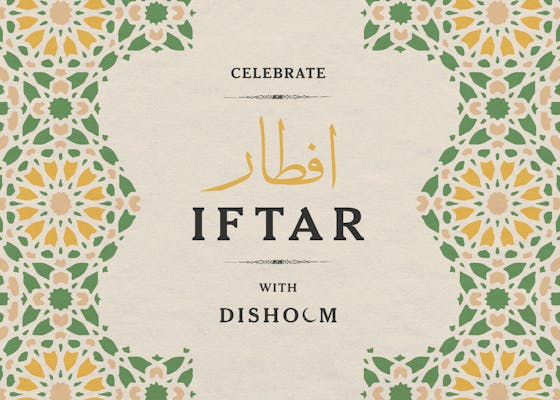
The holy month of Ramadan is upon us, when Muslims around the world fast daily from dawn till dusk. It is a time of private worship and spiritual discipline, but also of shared joy and abundant feasting. Families and communities come together at suhoor, the pre-dawn meal, and at iftar, the evening meal, to break their fasts with copious, delicious dishes. Join us on 7th April for our own Iftar celebration – for an evening of feasting and live music.